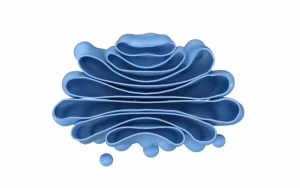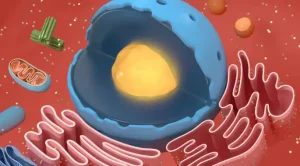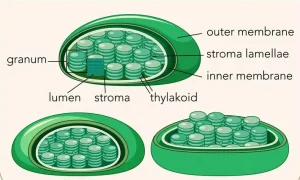Golgi apparatus | Definition, Function, Location & Facts
Contents Discovery:Location:Explanation:Zone of Exclusion:Working with Endoplasmic ReticulumFunctions of Golgi bodiesKey Points:FAQs about the Golgi apparatusDiscovery: Italian cytologist Camillo Golgi was the first to observe the Golgi apparatus, which now bears his name, in 1897. Golgi used a staining technique on … Read more





